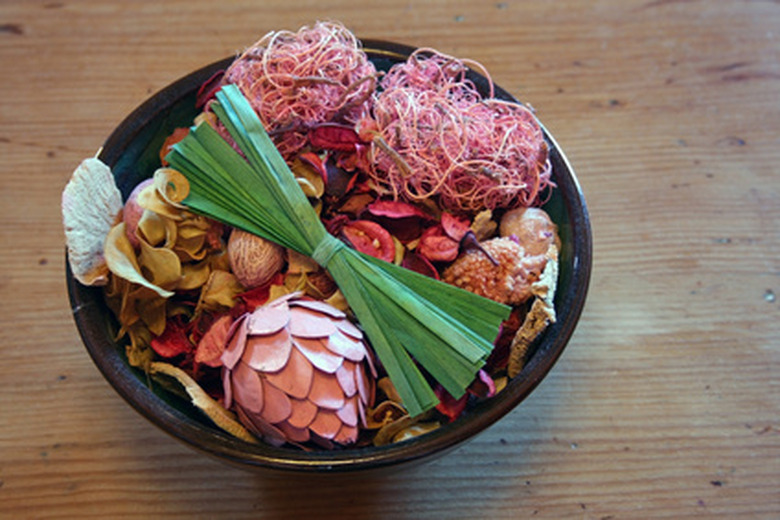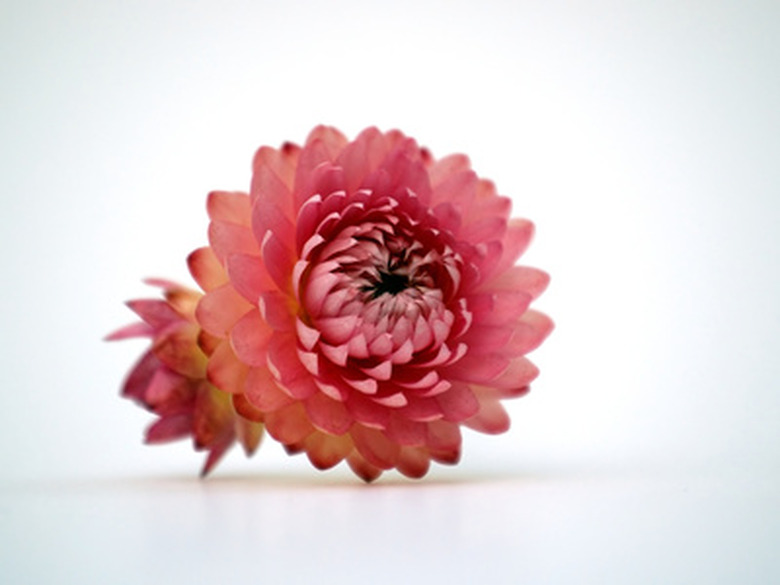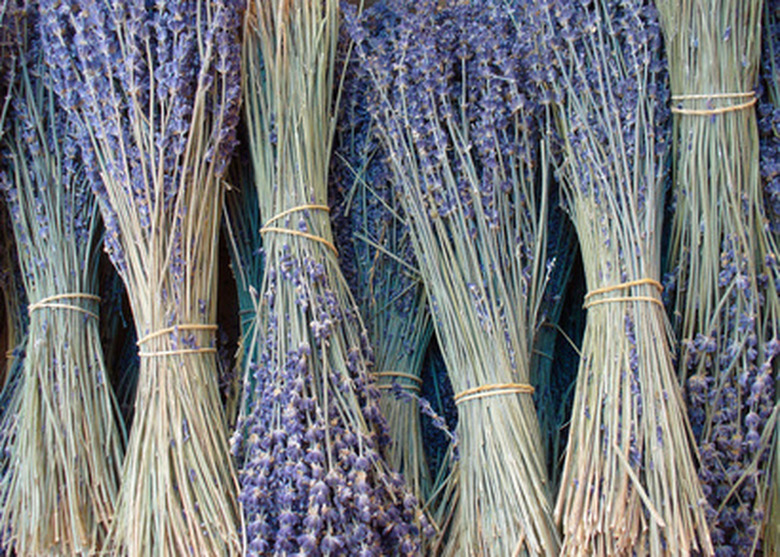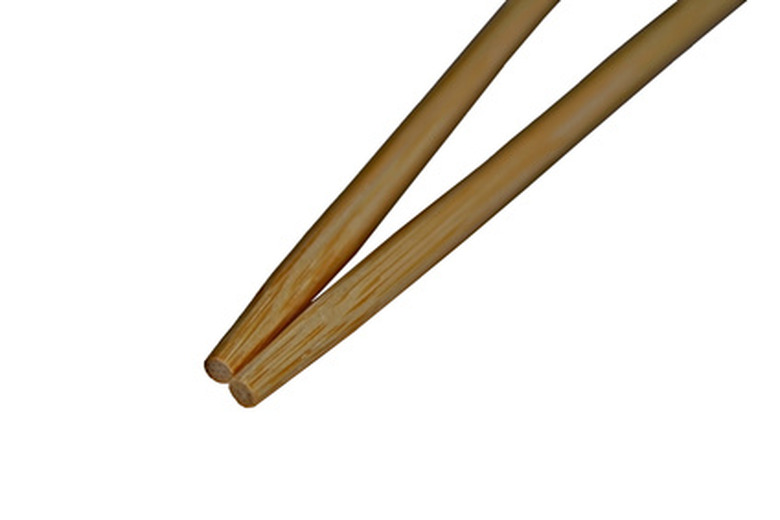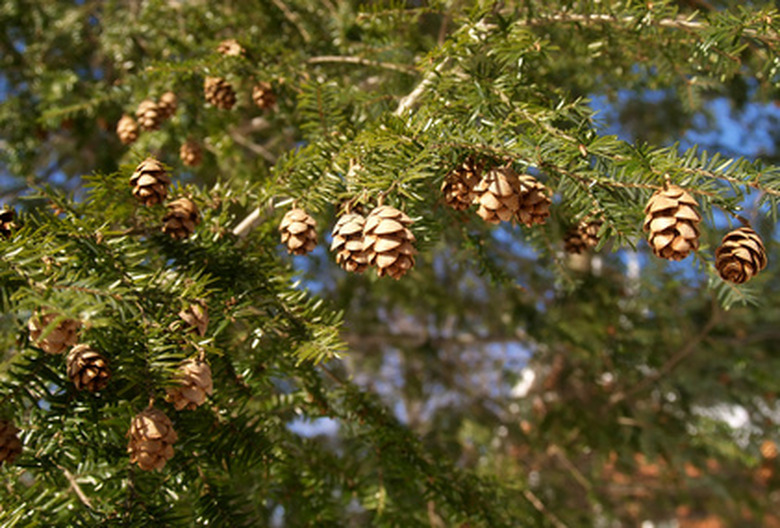How To Make Potpourri From Dried Flowers
Things Needed
- Large glass jar or bowl
- Various dried flowers
- Various dried herbs
- Whole spices such as cloves, cinnamon stick or allspice nuts
- Other additives such as small pine cones, seed pods and pieces of ribbon or fabric
- Essential oils
- Fixative
- Plastic serving spoon or disposable chop sticks
- Silica and a container to put it in
- Rubber bands
- Basket
- Storage jars or reclosable plastic bags
- Pretty dish for display
Potpourri is derived from the practice of strewing the room with crushed dried flowers and herbs in order to make it smell better. Sanitation has not always been as good as it is today. During Medieval times trenches at the side of a road carried waste along the street, and ift was essential to have something to mask the foul odors. Dried flowers are a main component in potpourri. Flowers are easy to dry, and potpourri only requires a few easy steps to make.
Step 1
Collect flowers to dry for the potpourri. Get them from the garden or go to a florist and ask them for any flowers they plan on throwing away. Flowers suitable for drying are roses, lavender, peonies, daisies, marigolds, bachelor button, black-eyed Susans and cosmos. If you wonder whether a flower can be dried or not, just try it out and see. White flowers sometimes will turn brown or yellow. Collect other things to dry that will make the potpourri pretty as well. Leaves of certain plants like scented geraniums and leaves from nonevergreen shrubs work well. Some plants produce flowers that only need a minimum of drying time. Those are strawflower, statice, tansy and amaranth. Always collect four times more materials than needed to fill the bowl, because once dried the material will shrink.
- Potpourri is derived from the practice of strewing the room with crushed dried flowers and herbs in order to make it smell better.
- Collect other things to dry that will make the potpourri pretty as well.
Step 2
Dry flowers by air-drying them. Most flowers can be air-dried, but the best are those that are flat and thin. To air-dry flowers, pick them with long stems, gather them in a bunch that will fit in the hand, and secure them together with a rubber band. Hang in a well-ventilated area out of the sun. In four days to two weeks, the flowers should be dry. Petals can be air dried by removing them from the flower and placing them in a large basket. Hang the basket so air moves all around it.
- Dry flowers by air-drying them.
- To air-dry flowers, pick them with long stems, gather them in a bunch that will fit in the hand, and secure them together with a rubber band.
Step 3
Dry flowers using silica purchased at a craft store. Place it in a plastic container with an air tight lid. Place the flowers in the silica, and cover them with the sand-like substance. Place the lid on, and leave them alone for a week or two. Silica sucks all the liquid from the flowers and leaves them dry. They retain their original color and shape in most cases. Rose petals and larger flowers with thicker petals respond well to drying in silica.
- Dry flowers using silica purchased at a craft store.
- Place the flowers in the silica, and cover them with the sand-like substance.
Step 4
Place the dried flowers in a glass jar or bowl that will hold 10 cups total material. Add a fixative to the dried material. A fixative holds the scent for the potpourri. Orris root is a powdered substance that keeps the scent. Be careful when handling it, because many people are allergic and it can cause contact dermatitis. Oak moss is another good fixative. There are several synthetic fixatives on the market as well. Use 2 tbsp. of the fixative to 10 cups of flower material. Mix with a large plastic serving spoon or chopsticks.
- Place the dried flowers in a glass jar or bowl that will hold 10 cups total material.
- of the fixative to 10 cups of flower material.
Step 5
Add other materials to make the dried flower potpourri look pretty, such as pine cones, seed pods, seeds, whole spices and pieces of ribbon or fabric. These should be included in the 10 cups of dried materials.
Step 6
Add drops of essential oils. Essential oils are the scented oils of flowers, herbs and spices. They can be found in most craft stores. Add about 10 to 15 drops of an essential oil to your potpourri and mix while adding. Mix and match the scents. Good combinations include rose and lavender or lemon and lavender. They can be combined in many different ways, but never use more than three essential oils in one batch of potpourri.
- Add other materials to make the dried flower potpourri look pretty, such as pine cones, seed pods, seeds, whole spices and pieces of ribbon or fabric.
- They can be combined in many different ways, but never use more than three essential oils in one batch of potpourri.
Step 7
Mix the dried flower potpourri well with a plastic serving spoon or chopsticks. To use immediately, place some in a pretty bowl and set on an end or coffee table to scent the room. Put any unused portion in airtight glass jars or in resealable plastic bags to keep the scent strong. When potpourri loses its scent, just add 3 or 4 more drops of the essential oil and mix.
Tip
Use a plastic serving spoon because the scent of the essential oil will not stay on it. Scents will cling to wood utensils, so use disposable chop sticks if you do not have a large plastic spoon. Take some potpourri to the office to freshen your work space.
Warning
Essential oil is generally not poisonous but it should not be taken internally. Make sure to never get it in the eyes. Also never get essential oils on the skin, especially if you have allergies. Those with severe allergies may react to the scent also.
